Moral Discomfort: When public and private ethics clash
As the afternoon sun sets over the city, a man in tattered clothes leans wearily against a concrete wall, a cardboard sign in his lap reading: “Hungry. Anything helps.”
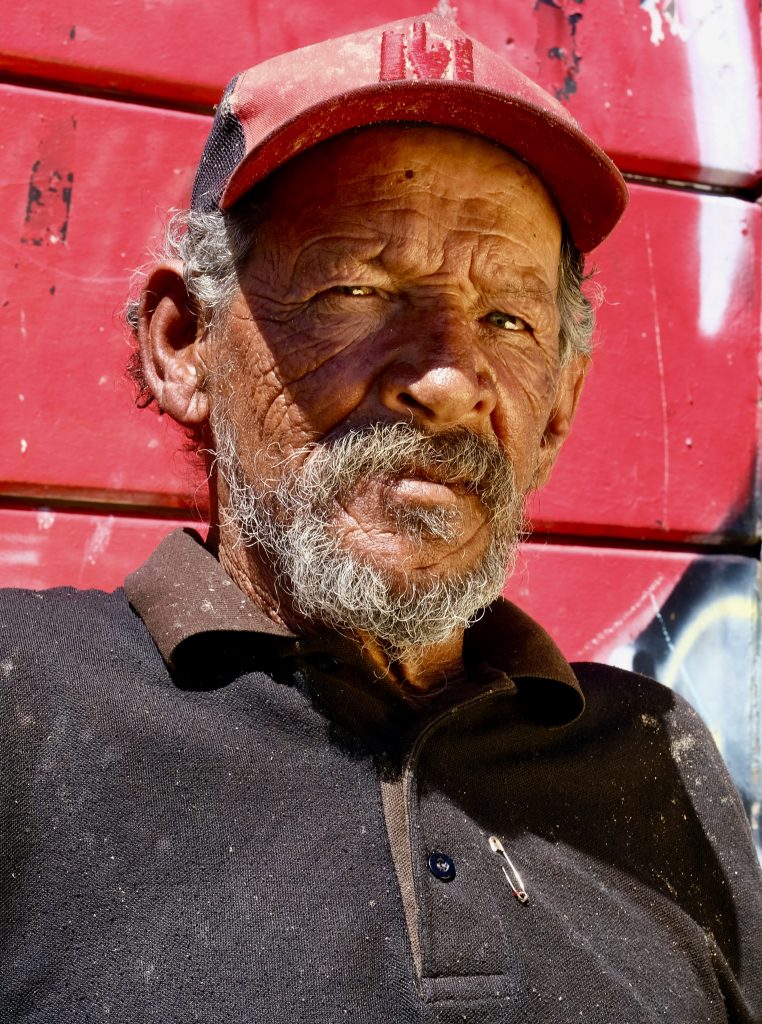
Nearby, a young migrant mother with two children struggles to read a bus timetable, while an elderly lady shuffles along to make her way. Passersby quicken their pace, eyes fixed ahead. Some glance around, some murmur a soft “sorry,” while others walk past as if other pedestrians don’t exist.
Later, in the comfort of their own homes, some of these same individuals may reflect on their encounter, feeling a pang of guilt, perhaps even discussing the issues of homelessness, being foreign, or simply standing out from the crowd.
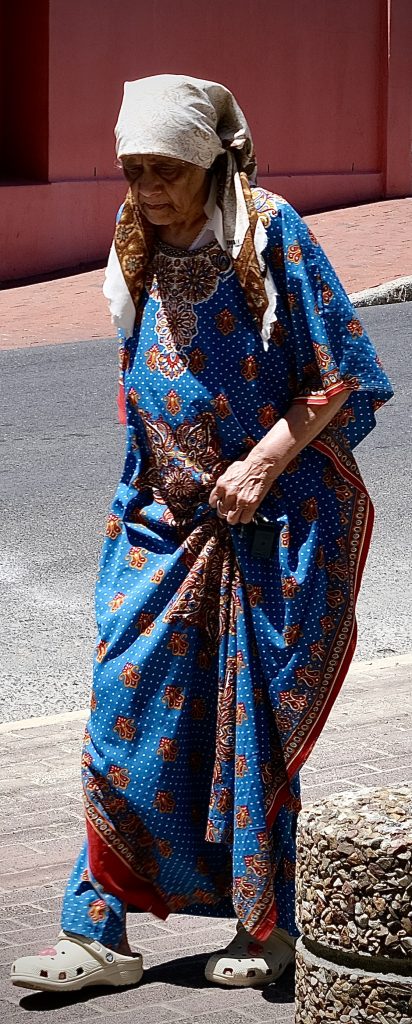
The divide between public behaviour and private reflection exposes a discomfort at the heart of ethical living. We often pride ourselves on values like kindness and justice, yet in real-world moments, hesitation, fear, or social pressure shape our actions. Why do we sometimes ignore suffering in public yet acknowledge it privately? What does this say about our moral character?
Virtue ethics looks at this contradiction, as it focuses on the cultivation of character rather than adherence to rigid moral rules. It challenges us to consider not just what is right in a given moment, but how our repeated actions shape who we become. Virtue ethics asks a broader question: What kind of person do I want to be? Some believe that moral character isn’t defined by isolated choices but by consistent habits. If we aspire to be compassionate, our everyday interactions should reflect that—even when it’s inconvenient or uncomfortable.
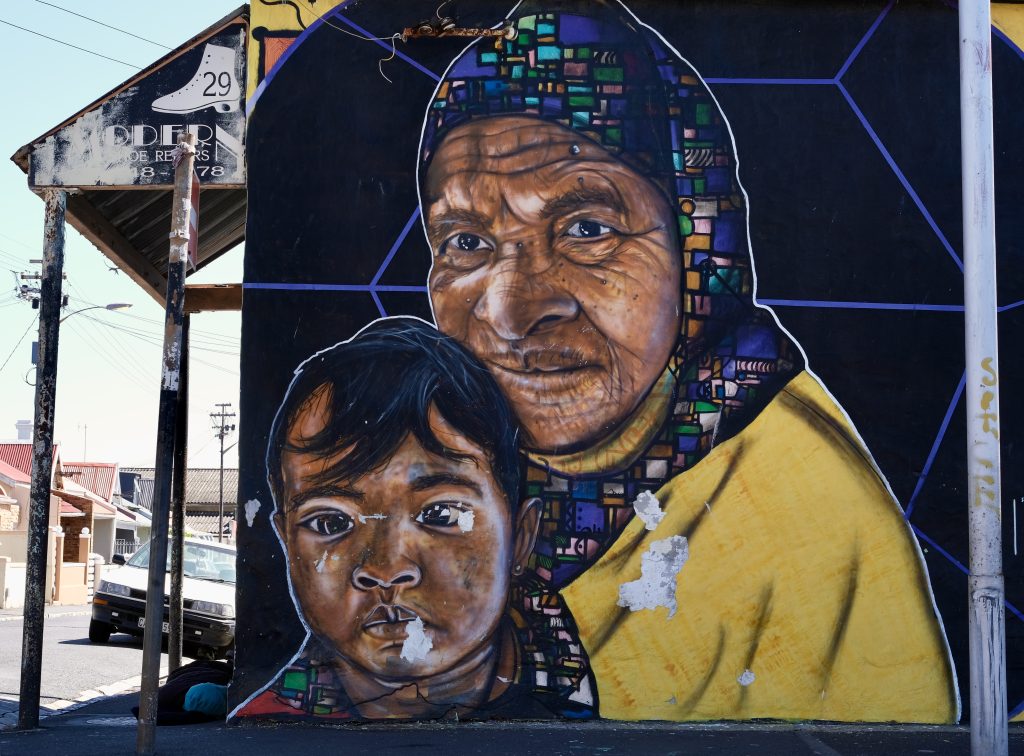
But moral development isn’t always straightforward. There is often a chasm between our ethical ideals and the messy reality of public life. In busy streets, we fear awkwardness, judgment, or even personal risk. Will offering help make us vulnerable? Will others think we’re naïve? These social considerations can overpower the quiet voice of conscience, leading us to rationalise inaction.
The concept of “front-stage” and “back-stage” behaviour helps explain this duality. In public, we perform social roles that align with expectations; in private, we reflect more openly. In this sense, the discomfort we feel when recalling an ignored stranger may serve as a moral compass—an internal signal prompting us to bridge the gap between who we are and who we aspire to be.
This raises an important question: How do we train ourselves to act in alignment with our values, even in moments of discomfort? Some believe in the power of practice—cultivating virtues through repeated, intentional actions. Small choices, like making eye contact, offering a kind word, or buying a meal for someone in need, can rewire our instincts, making virtue second nature.
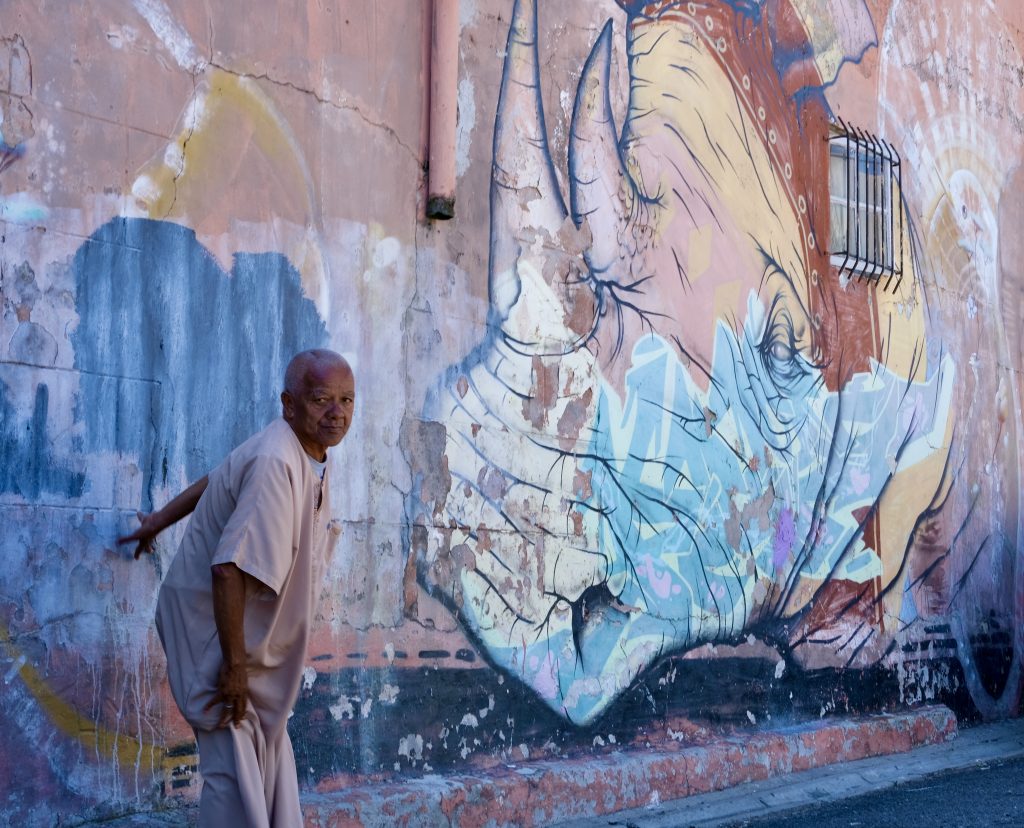
Yet, the subjectivity of virtue ethics leaves room for complexity. Compassion looks different in different contexts—some argue that handing out money enables systemic issues, while others see it as an immediate act of humanity. If virtue is about developing good character, then perhaps the most important step is not a singular right action, but a commitment to questioning our own ethical discomfort.
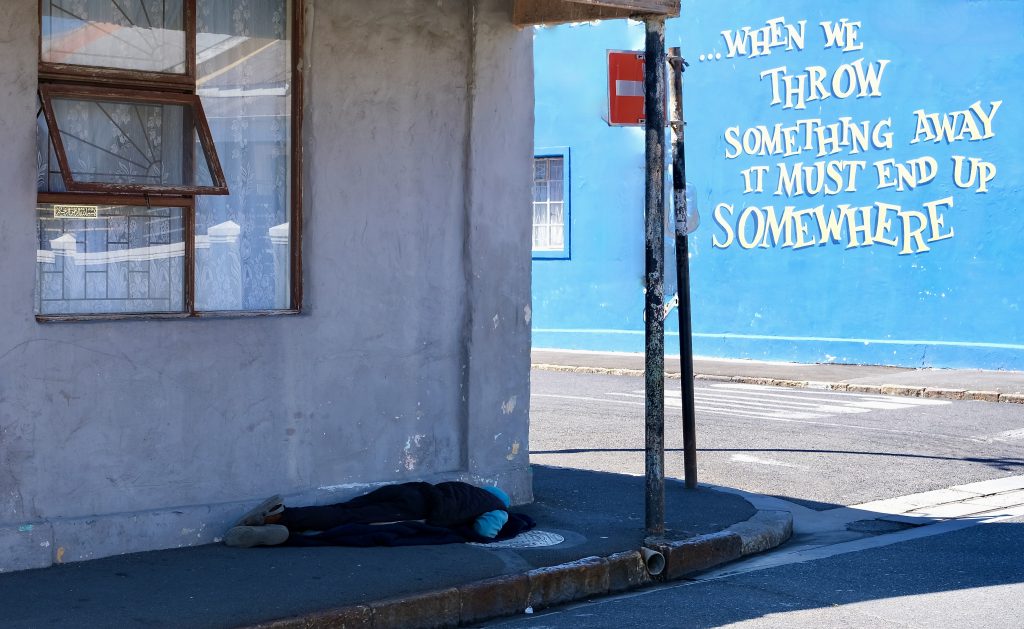
Next time you walk past someone in need, pause and observe both your own reaction and the reactions of those around you. Do they feel a twinge of hesitation? A flicker of guilt? Instead of dismissing the behaviour, question: What kind of person do I want to be? It is in these fleeting moments, in the space between discomfort and action, that our moral character is truly forged.
What were they thinking?
Two young boys play on the beach, each deeply connected with the natural world around them.

The boy with a vibrant red canoe leaves the shore. Sadness and disappointment tinge his expression, the decision to depart feels heavy. The bold red colour intensifies these emotions, symbolising both the passion he leaves behind and the urgency of his departure. The sea grows louder and rougher, mirroring the turbulence within him as he pushes away. The cutting sunshine beats down on his bare skin, doing very little to soothe the weight of his feelings.
The boy guiding the green board stands at the water’s edge, where the rough waves begin to lap at his feet. Despite the rising intensity, hope and determination fill his face. He sees the water’s strength as an opportunity, a space for growth and renewal. The green colour evokes a sense of calm and balance, symbolising his commitment to the journey ahead. The warmth of the sun blankets him with comfort. His self-confidence drives him to push forward into the vast, untamed ocean.
Beacon of hope! – That light in the distance
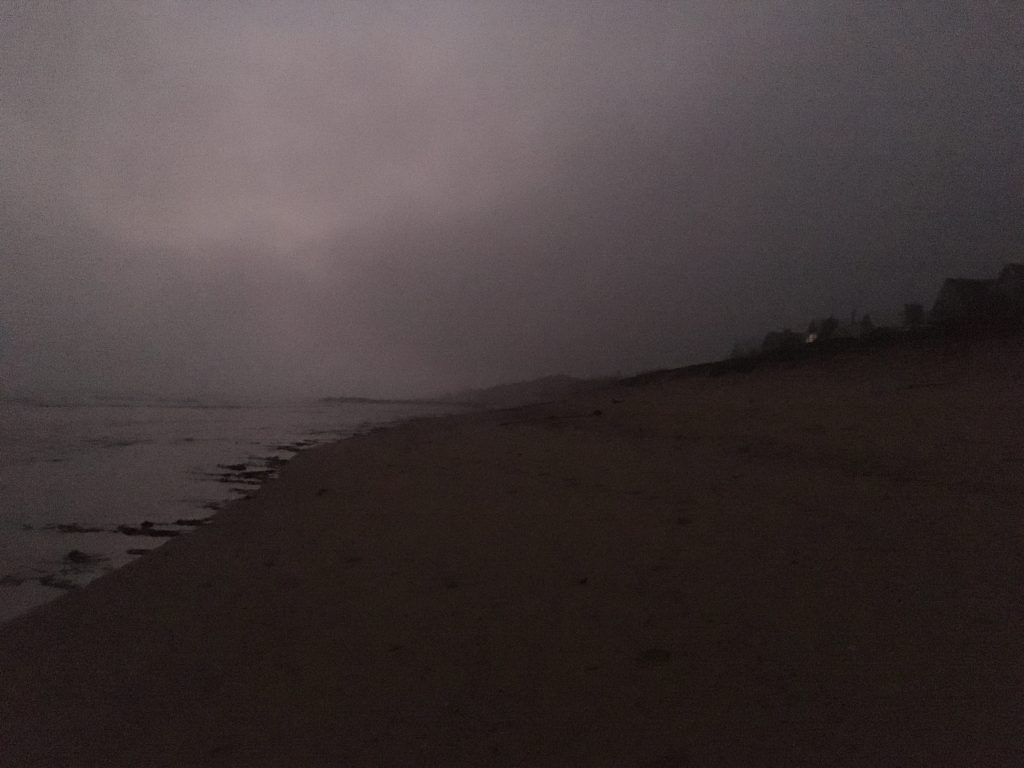
Light and darkness play a crucial role in evoking emotions by setting the tone, mood, and atmosphere of a visual composition. This contrast, often referred to as chiaroscuro in art, creates a dynamic interplay that deeply influences how an image is perceived on an emotional level.
Darkness cloaks the beach. A cold mist strokes your cheeks, while the moon’s soft glow barely cuts through the haze. A faint light casts over the shadowy beach. The foggy view shrouds the horizon, as you stroll and gaze into the unknown with a sense of mystery. You hear the gentle, soft waves rolling in, a reminder of the gaping ocean.
In the distance, your eye catches a dimly lit window flickering faintly, heightening the deep sense of isolation. Quietness, punctuated only by the rhythmic sound of the waves, cradles your mind into deep introspection and you become immersed in the eerie atmosphere along shore tonight.
The race to be seen – The fear of missing out
The fear of missing out often morphs into relentless self-promotion. Anxious about being overlooked, we feel compelled to showcase our achievements, experiences, and abilities. In a world where everyone seems to be accomplishing more, the pressure to stand out and stay relevant grows ever stronger.
This underlying fear—that others are living more successful lives—drives our behavior. The need to appear accomplished pushes us to highlight every milestone, to display every insight, as if visibility equates to value. An unspoken expectation lingers: to share, to connect, simply to remain seen.
Yet in this endless race to keep up, we risk weakening genuine relationships and losing personal joy. Those who are wise take a step back. They reflect on their own journey, seeking fulfillment on their own terms. Their worth is not measured against others, but found in embracing their individuality.
The world is full of distractions, true fulfilment comes from within.